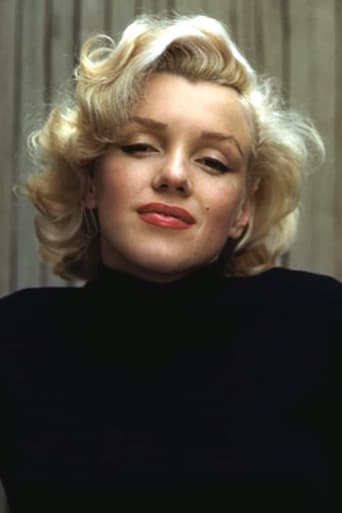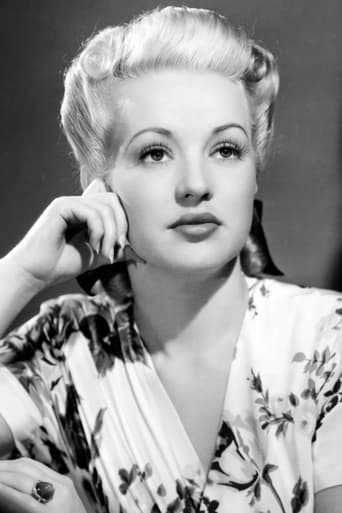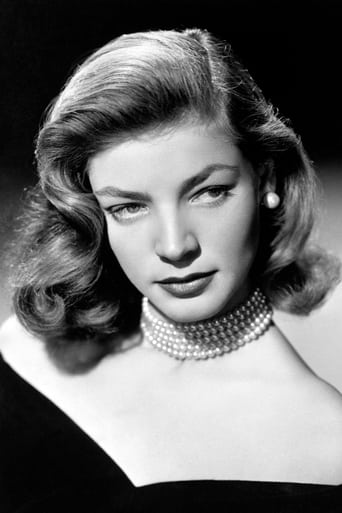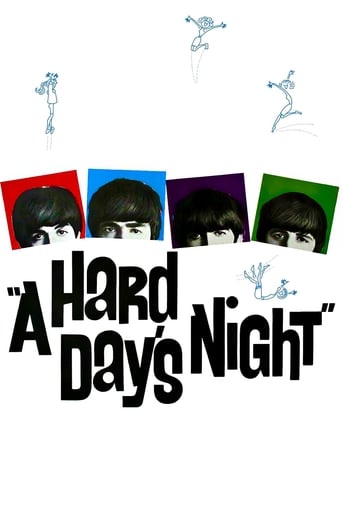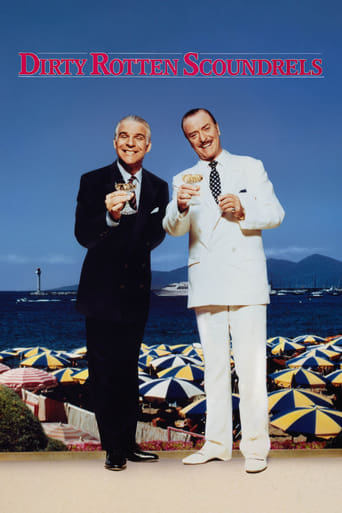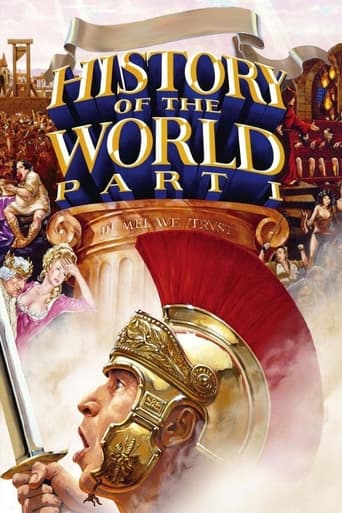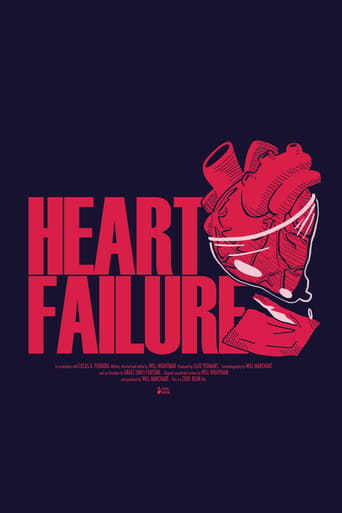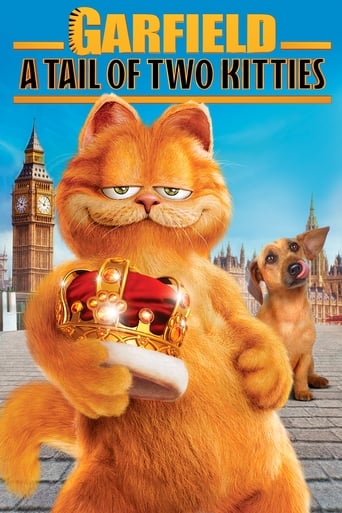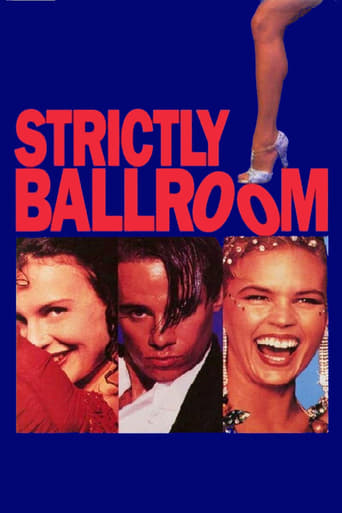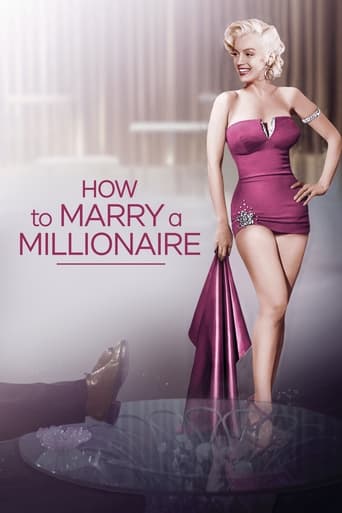
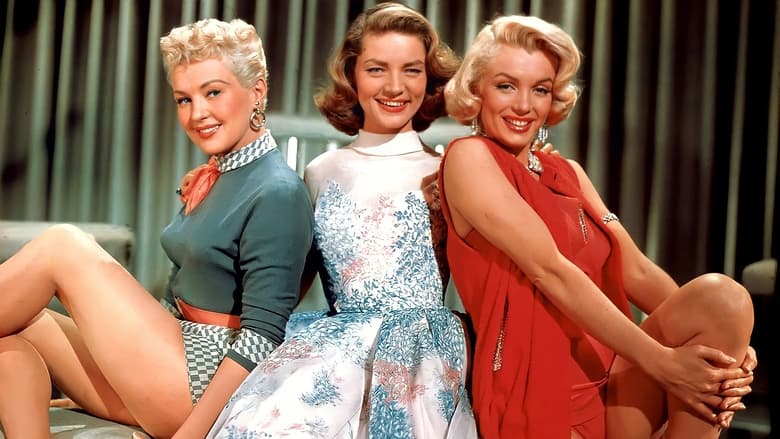
How to Marry a Millionaire (1953)
Three women set out to find eligible millionaires to marry, but find true love in the process.
Watch Trailer
Cast
Similar titles

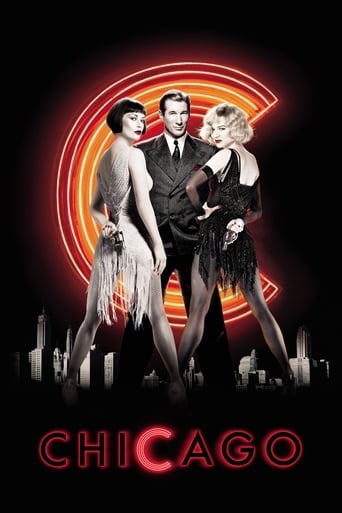
Reviews
Just what I expected
Excellent but underrated film
Admirable film.
This movie was so-so. It had it's moments, but wasn't the greatest.
Re-appraising old Monroe movies in the modern age does not show them in a good light. "How to Marry a Millionaire" tells a pretty sour tale of three gal pals who try to swindle themselves into a life of money and rich husbands. That's the plot, told with a sense of humour or course, but that's still the plot.Although it's a fairly nicely filmed movie, it looks very artificial, with any outdoor scenes looking particularly fake. but the cinemascope photography is bright as a button. The three leads (Bacall, Grable and Monroe) make a rather odd trio, but they look and dress great. It's just a shame that the plot leaves such a nasty taste in the mouth. Admittedly Grable ends up ditching the money plan and marrying for love, but not before first telling her suitor that she's wasted her time on him... before having a change of heart and going back to him (oddly, the break up is shown on screen but the re-union is not). Monroe's character finds redemption not by marrying for love, but by accepting herself as a glasses wearer. I could forgive these, but the worst offender is Bacall's character who is the most cut-throat in the game of love. She ends up marrying for love too, resigning herself to being the wife of a "gas pump jockey", only to find out that he's been a secret millionaire all along. So the most money-grabbing of the three gets the richest husband. What a great moral message. The film actually ends with a really vile shot of the secret millionaire hubby pulling out a massive rolls of dollar bills and peeling off a hundred to pay for something, and the three ladies all fall off their chairs in a faint at the sight of it. Hilarious punchline? I think not...it's like money as pornography. Presumably in the mid 1950's this was humour, but I found this ending particularly tasteless. I'll have to accept that this attitude is of it's time. But I won't be watching this again
Copyright 4 November 1953 by 20th Century-Fox Film Corp. New York opening simultaneously at the Globe and Loew's State: 10 November 1953. U.S. release: November 1953. London opening at Odeon Marble Arch. U.K. release: March 1954. Australian release: 21 January 1954. Sydney opening at the Plaza (ran 12 weeks at this 1,500 seat cinema, four sessions a day). 8,607 feet. 96 minutes.SYNOPSIS: Three attractive but impoverished gold-diggers set out to trap millionaire husbands. Two of them succeed, but more through good luck than calculated design.NOTES: "Loco" opened on Broadway at the Biltmore on 16 October 1946 and closed after only 37 performances due to extremely unfavorable reviews. Jean Parker (in her Broadway debut) played the model with a heart of gold and Jay Fassett the philandering businessman. These roles were played in the movie by Betty Grable and Fred Clark. The play was produced and directed by Jed Harris. On the other hand, "The Greeks Had a Word for It" was a reasonable success. The play opened on Broadway at the Harris on 25 September 1930 and ran 224 performances. Dorothy Hall, Muriel Kirkland and Verree Teasdale played the three gold-diggers, opposite Hardie Albright, Frederic Worlock and Ernest Glendinning. The play was produced and directed by William Harris, Jr. In 1932 producer Sam Goldwyn changed the title slightly to "The Greeks Had a Word for Them" and starred Ina Claire, Joan Blondell and Madge Evans in a movie directed by Lowell Sherman from a screenplay by Sidney Howard, no less. (Betty Grable had a minor role as a showgirl). This theme was then used countless times in the 30s, 40s and early 50s, most notably in the Gold-Digger series of musicals produced at Warner Brothers, Andrew Stone's "The Bachelor's Daughters" and in such Fox variations as "Three Blind Mice", "Moon Over Miami: and "Three Little Girls In Blue". Both Le Maire and Travilla were nominated for an Academy Award for Best Color Costumes, but lost out to Le Maire's own "The Robe" in which he collaborated with Emile Santiago. Fox's second CinemaScope feature. Negative cost: $2.5 million. Initial domestic rental gross: $7.3 million. U.K. rentals: $2.5 million. Australia: $1.7 million. Fox's top-grossing release worldwide for 1954. The title, "How To Marry a Millionaire" was purchased from Doris Lilly, author of a real-life guide to this subject, for the incredible sum of $50,000. Marilyn Monroe, Best Actress — Photoplay Gold Medal Award.COMMENT: "How To Marry a Millionaire" shows its age, but still holds up rather well. Naturally, it bends over backwards to embrace the novelty of CinemaScope. After a curtain-raiser with the 20th Century-Fox Symphony Orchestra designed to show off the process' stereophonic sound, CinemaScope takes us on a travelogue excursion to New York City. We also see and hear airplane propellers in close-up, we thrill to an airport landing, we travel by car across George Washington Bridge, by train to Maine, and share a buggy ride in the high snow country. There's also a fashion show. I mean when you have three lookers like Monroe, Grable and Bacall, why waste them? A pity though that there's so much dull talk and that Fox resisted what must have been an obvious temptation to turn the movie into a musical. Many musical opportunities are passed up. Maybe it was thought the picture already had enough going for it, though one could question that assumption. Aside from his spacious use of CinemaScope, with characters often neatly lined up across the whole expanse of the screen, Negulesco's direction is pretty routine. Although it's full of inside jokes, the script is not as clever or witty as Johnson and Negulesco obviously think it is. It's also hard to credit such plot devices as cold Bacall falling for a gauche, charmless eccentric like Cameron Mitchell — and preferring him to William Powell (whom it's always a pleasure to see, even when cast in such a thankless role as here). Mr. Calhoun is also a waste of time, but Bacall, Wayne, MM and Grable are a delight. Of course we see less of MM than her top billing gives us a right to expect. Stunningly costumed throughout, she plays with considerable flair and finesse, and displays a naive charm that is quite appealing. (Unlike some of MM's other directors, Negulesco permitted MM's dramatic coach, Natasha Lytess, to actually coach her on the set.)The color photography of course, as in all early CinemaScope productions, is quite grainy, but that technical deficiency is partly redeemed by that great Fox sound recording - best in the industry!
Stop me if you've heard this one: a troupe of materialistic society women use their looks and charm for the sake of seducing and securing rich husbands. No, it's not Gentlemen Prefer Blondes (though it was released in the same year for extra confusion), though How to Marry a Millionaire can't help but suffer the comparison. Still, it's a charmingly frothy affair, enjoyable and even somewhat clever at times, though utterly forgettable in the end. No singing here, sadly, though we do open with a bemusing six minute orchestral overture, long enough to leave you worrying Netflix has uploaded the wrong film by accident. There's a similarly long interlude of fashion modelling mid-film, leaving the distinct impression of director Jean Legulesco either offering surrogate culture for those who wouldn't be exposed to the symphony or haute couture otherwise, or stalling to pad out the slight hour and a half runtime. For the most part, proceedings otherwise are breezy but thoroughly standard hijinx of mistaken identity and dramatic irony, inevitably tsk-tsk-ing at both the patriarchal boorishness of traditional courtship and the leading ladies' materialism in favour of true love, but with only the gentlest, most congenial of critiques. Lauren Bacall, amiably out of place, out-acts the rest of the cast by head and shoulders, but still gamely commits to the silliness, albeit imbuing her husband-hunter with steely resolve and a noir jargon-spouting mouth that would make Bogey blink. Marilyn Monroe cements her Marilyn Monroe archetype here, but impresses more with her short-sighted slapstick than her usual demure cooing. Betty Grable's addition may come across as a carbon copy of Monroe's, but Grable's sharp tongue and charm steal many of the film's best punchlines, even when awash in a subplot in a strangely Arctic, mountainous Maine. Finally, the legendarily charismatic William Powell makes a welcome appearance as probably the only wholly decent rich bachelor in Hollywood history, while Cameron Mitchell exudes excellent rustic charm as the secret millionaire constantly dismissed due to his blue-collar mannerisms. How to Marry a Millionaire is a delightful comedic aperitif, and full of treats aplenty thanks to Legulesco's winning cast. Still, it's hard not to recommend the film's 1953 musical doppelgänger by comparison - sharper, snappier, more glamorous, and with tunes, to boot. Alas - fun as it is, the film's tagline may as well have been 'How to Compete Against Howard Hawks'. -7/10
Three of America's most famous and talented sex icons of Hollywood's Golden Age join forces to deliver a classic romantic comedy that'll leave your sides split. It's truly remarkable to witness these ladies pave the way for many actresses to come.Composer Alfred Newman directed and conducted the score of this film, featuring the 20th Century Fox Orchestra. Newman brings 1950's New York City to life with the fast-paced number entitled "New York". The staccato of the brass instruments and a colorfully playful orchestra were met with a sparkling piano chiming in throughout the tune. This exquisite arrangement shows the two sides of the Big Apple Americans have come to know and love: the hectic streets swarming with pedestrians and yellow taxi cabs, and the twinkling lights of the city's beautiful skyline after the sun sets.In addition to the dazzling score, the acting, particularly that of Marilyn Monroe, really plays a significant role in the establishment of "How to Marry a Millionaire" as a genuine Hollywood classic. Throughout the 20th century, the stereotype of the "dumb blonde" became a big part of American contemporary culture thanks to roles held by Marilyn Monroe, such as Pola Debevoise. Betty Grable also portrays a "dumb blonde" character, but her performance, although comical, was sub- par standing along side Miss Monroe's.The main reason I love and appreciate this film is because it's a snapshot of American pop culture of the 1950's. But in its very unique time-capsule quality lies a huge issue I have with "How to Marry a Millionaire". Blatant classism and sexism is heavily shown throughout the movie. Despite having three women as the leading roles, the plot features a recurring theme of women needing the financial support of a man to make it in America. Not only is this theme sexist, it portrays people, in this case men, of lower-income households are deemed unfit and undeserving of a beautiful wife. Yes, one could argue that sexism and classism add to the accurate representation of the 1950's, but they give the film somewhat of a shelf life. After a while, more and more people might find these parts of the story negatively outweighing its accomplishments.That being said, this film is an overall success and goes down as a true Hollywood classic in my books. It's one thing to see old photographs of Golden Age actresses like Marilyn Monroe, but actually seeing what gave her the reputation of a legendary performer and American sex icon is a remarkably magical experience unique to a film like "How to Marry a Millionaire".

